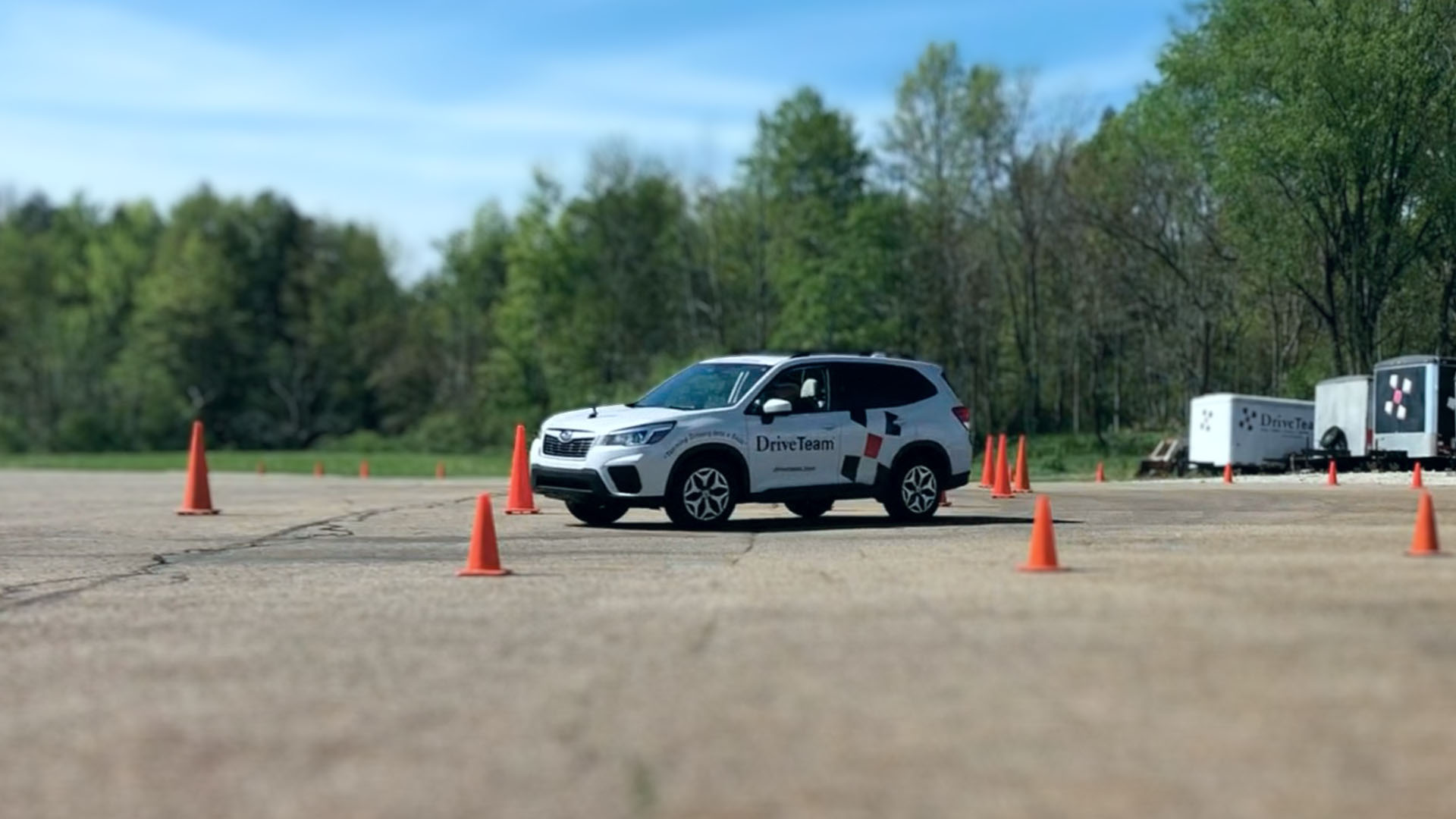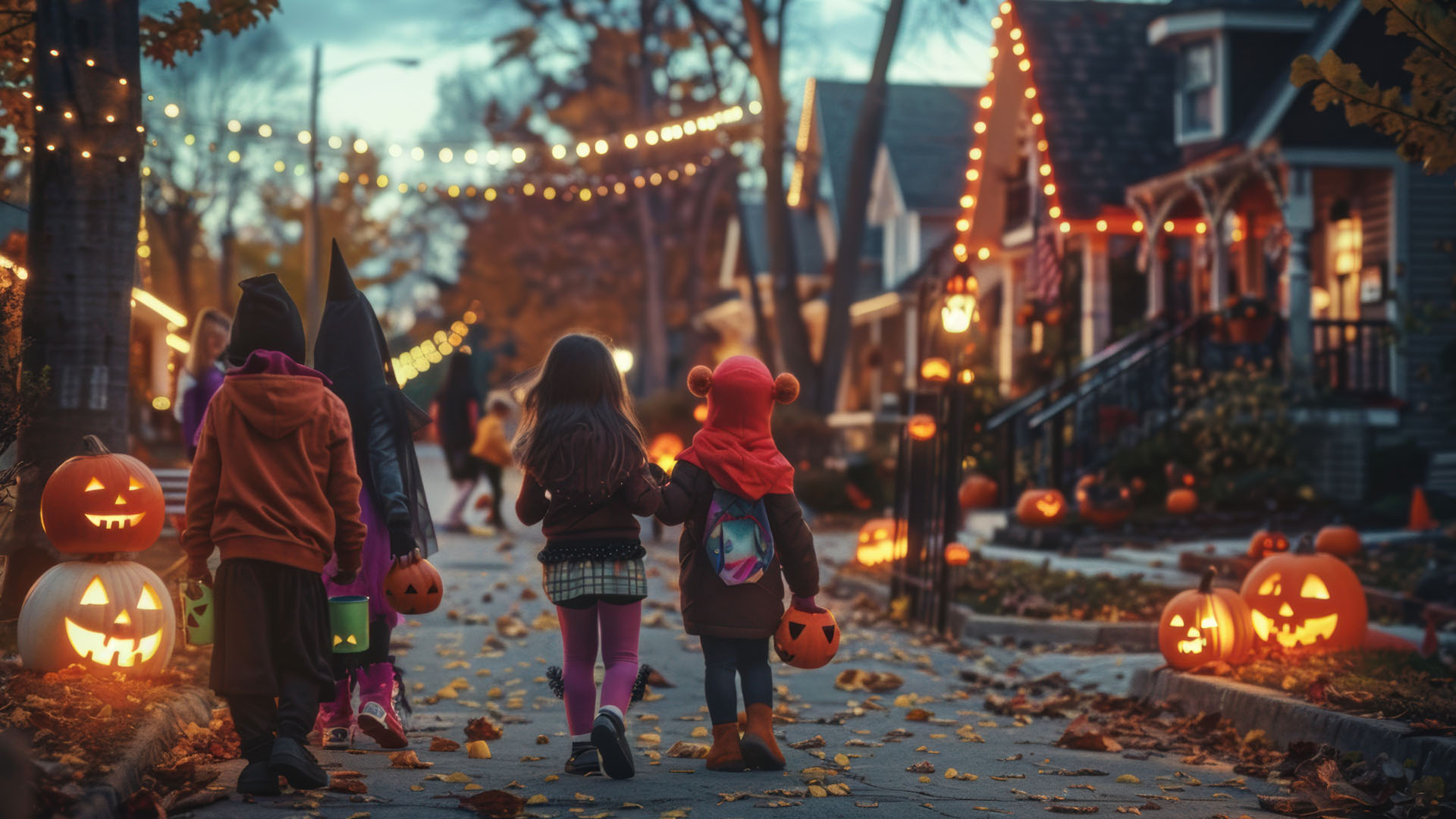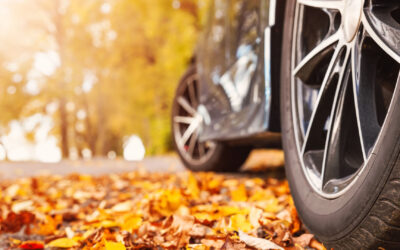Introduction to Safe Driving in Residential Areas
Neighborhoods are where life happens—kids playing in the yard, families out for walks, pets roaming about, and sometimes, trickier street layouts. It’s easy to see why driving in residential areas calls for extra attention. Whether you’re cruising down your street or visiting friends in their neighborhood, the way you drive can directly impact the safety and well-being of those around you.
This weekend, as Trick-or-Treaters flood the sidewalks and cross the streets, the stakes are even higher. Children, often distracted by candy and costumes, may dart out unexpectedly, and with daylight fading earlier, visibility drops fast. That’s why safe driving habits are more important than ever, especially in areas where families and kids live.
We’ll cover the essential tips and regulations to ensure your time behind the wheel is as safe and responsible as possible.
Understanding Residential Driving Regulations
Speed Limits and Signage
Speed limits in residential areas are designed for protection. It’s not just about keeping your speed down—it’s about giving yourself time to react when something unexpected happens, like a ball bouncing into the road or a child running after it. Most neighborhood speed limits hover around 25-35 mph, but near schools or parks, you might find them even lower. It’s critical to pay attention to signs and adjust your speed accordingly.
Ever noticed how easy it is to get distracted on a quiet street, thinking no one’s around? That’s exactly when you need to be the most cautious. Kids, pets, and even wildlife can appear out of nowhere. And during Trick-or-Treat weekend, you’ll have even more reasons to keep those speeds low and your foot hovering over the brake.
Don’t forget: those speed limits aren’t just suggestions—they’re there to protect the neighborhood, including your own loved ones.
Parking Regulations
Parking in residential areas might seem simple enough, but there are rules in place to ensure everyone’s safety. You’ve probably seen signs limiting street parking, especially near schools, parks, or busy intersections. Make sure you’re parking legally and leaving enough space around driveways, fire hydrants, and crosswalks. Parking too close to corners or intersections can create blind spots, which can spell disaster, especially when kids are out and about.
This weekend, with all the Halloween excitement, be extra careful about where you park. You don’t want your car to block anyone’s view or create a hazard for other drivers or pedestrians.
Essential Safe Driving Practices in Residential Areas
Stay Mindful of Pedestrians and Cyclists
Let’s face it: neighborhoods are full of distractions. Pedestrians walking their dogs, kids playing in front yards, cyclists cruising down the street—it’s all part of the daily scene. Your job as a driver? Stay aware of it all.
Residential streets are different from main roads where you mostly deal with other cars. Here, you’re sharing the space with vulnerable road users. It could be a child chasing a ball or someone jogging at dusk who’s harder to see. And don’t forget cyclists—they have every right to be on the road, and it’s up to you to give them space.
Here’s a good rule to follow: always give cyclists at least three feet of room when passing. If the street’s too narrow to do that safely, it’s better to wait until there’s more room. Rushing to pass could lead to a close call or worse, an accident.
This weekend, be prepared for even more foot traffic with Trick-or-Treaters running around. Kids often aren’t thinking about cars when they’re excited, and some may even cross the street without looking. Keep your eyes peeled and be ready to stop suddenly if needed. Yield to pedestrians, no matter where they are in the street. It’s about keeping everyone safe, including yourself.
Benefits of Safe Driving in Residential Zones
Why does driving safely in residential areas matter so much? It’s simple—your actions behind the wheel directly affect the people around you. When you follow the speed limits, park responsibly, and stay alert, you help keep your neighborhood a safer place for everyone.
Imagine how relieved parents feel when they see drivers slowing down near a playground or a school zone. They’re more comfortable letting their kids play outside or walk to the park when they know drivers are careful. And as a driver, being extra cautious means fewer accidents, which saves you from costly repairs or, worse, dealing with injuries.
Reckless driving can also damage the roads in your neighborhood, leading to expensive repairs that inconvenience everyone. Safe driving helps preserve not just safety but the overall peace and order of the community.
With Trick-or-Treat just around the corner, these benefits become even more critical. More pedestrians, especially young children, means more chances for accidents if drivers aren’t careful. By setting a good example and driving responsibly, you’re helping create a community where everyone feels safe and respected.
Precautions for Night Driving in Residential Areas
Importance of Proper Lighting and Speed Control
Night driving, especially in residential areas, can be tricky. Streetlights might not be as bright, and people can be harder to spot. This weekend, with Halloween festivities, expect to see plenty of little ones out after dark, many dressed in dark costumes that blend into the shadows. Your headlights are your best friend, but they can only do so much.
Make sure your headlights are working properly, and use low beams for general driving. If the street is especially dark and there’s no oncoming traffic, use high beams, but always dim them when another car is approaching. And don’t forget to slow down. It’s tempting to feel like the road is wide open at night, but driving slower gives you more time to react if something unexpected happens, like a child suddenly crossing the street.
You’ll also want to avoid distractions like texting, adjusting the radio, or chatting too much with passengers. Nighttime driving requires your full attention. The lower light can make it harder to see things on the road, so scanning your surroundings constantly is key.
And it’s not just people you need to watch out for—wildlife is more active at night. In suburban areas, it’s common to see deer or raccoons dart across the road, especially in dimly lit neighborhoods. So keep your speed down, and use your peripheral vision to look for movement.
Final Thoughts
Driving in residential areas is about more than just following traffic rules—it’s about keeping your community safe. Whether it’s slowing down for Trick-or-Treaters this weekend or giving a cyclist extra room, your choices behind the wheel make a difference.
By staying mindful, respecting pedestrians, and being extra cautious at night, you’ll help create a safer, happier neighborhood. Remember, it’s not just about avoiding accidents—it’s about protecting your neighbors and making sure everyone can enjoy their community safely.
Improve Your Driving Skills Today!

2-Day Advanced Skills

4-Hour Advanced
Teen Driving Clinic

4-Hour Winter Skills Clinic
More From Our Blog
Fall Driving: Why Speed Is Your Worst Enemy on the Road
Fall Driving 2025 Let's cut to the chase: speeding isn't a small risk. It's the number one cause of fatal crashes for people your age, period. Whether you're cruising past the speed limit sign or just driving too fast for the actual road conditions—like rain, slick...
Your RoadCheck 2025 Safety Debrief: Takeaways for Professional Drivers
The results are in from the Commercial Vehicle Safety Alliance's (CVSA) 2025 International Roadcheck, a three-day inspection blitz conducted across the U.S., Canada, and Mexico on May 13-15. This initiative, which involved 56,178 commercial motor vehicle, driver, and...
The Critical Importance of Police Driving Training
How Comprehensive Police Driver Training Enhances Safety and Reduces Risks To date, we have lost seventy-seven police officers nationwide in the line of duty. Tragically, twenty-seven of these deaths involved vehicles. According to the National Law Enforcement...



